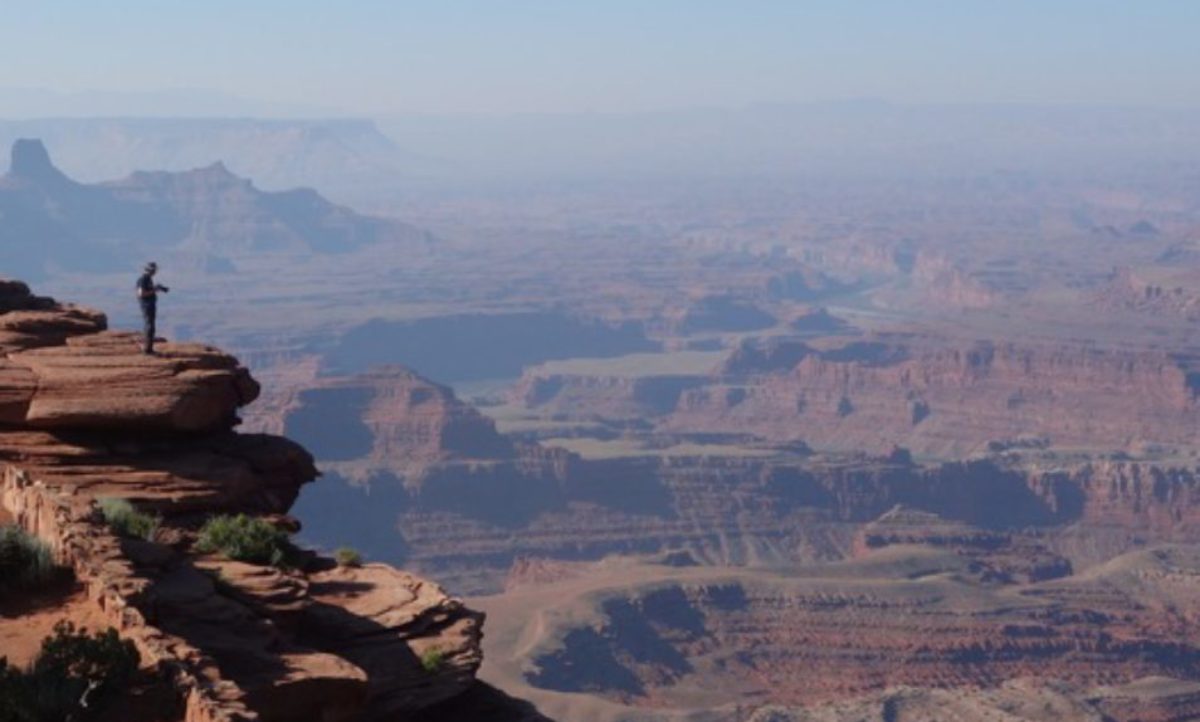
It was nice to sleep in! No wake up call! We had a leisurely morning in the fog, which cleared as the day went on. The picturesque villages and castles of the Middle Rhine loomed up to the right and to the left of us as we did our scenic river cruise.







It was pure indulgence to curl up in our duvets in our cozy beds as the scenes came to us!
We arrived in Koblenz in the mid afternoon. There was no organized walking tour and the optional tours seemed a bit too strenuous for ladies of our vintage, so we opted for a bus ride through the beautifully terraced vineyards of the Moselle Valley, followed by a wine tasting at a local family-run winery.
The pictures of the tour are flashed weekly on our TV screen during “Masterpiece Theater” and look so inviting. The reality was not as charming, though: dressed in layers, armed with umbrellas, we saw a fogged in view of the valley and got out of the bus for our scenic overlook.


Bundled up in my puffy jacket, the sister is more enthusiastic about the experience.
We arrived at a charming garage-made-into-a-tasting room with the young vintner offering us a choice of three rieslings, with miniscule servings. There was one small piece of bread and a carafe of water for our table of eight. We were joined on this tour by another Viking group, who was sailing from Basel to Amsterdam.




Happy wine tasters!
We had a nice evening enjoying the company of a delightful young Australian couple, then nipped up to the lounge to hear a singer and musician entertain us with some light classical music and standards.
Our remaining ports of call are Cologne and today we had a scenic sail through the old windmills at Kinderdijk. It was cold and windy so we stayed in to catch up, rest and nurse our colds. They are getting much better but travel is tiring.
We are now in Rotterdam, and will be in Amsterdam in the morning, when we fly back to SFO. I will include highlights of Cologne when I return to California. The sister will have one day of rest before she returns to home and hearth of Hawaii. It’s been a great trip, but there’s no place like home.

































































































